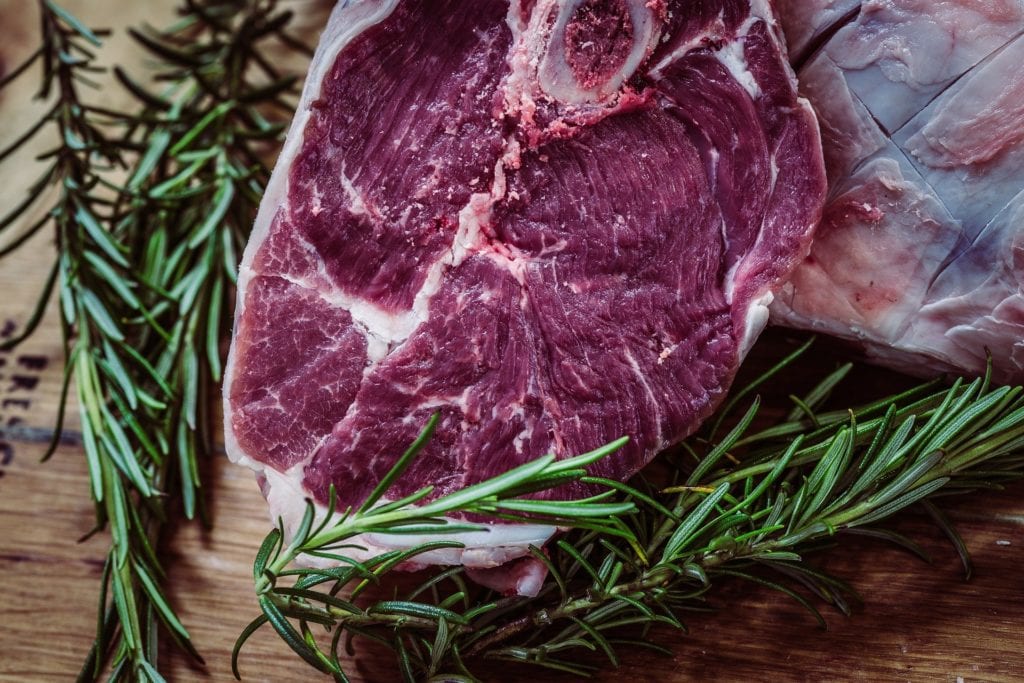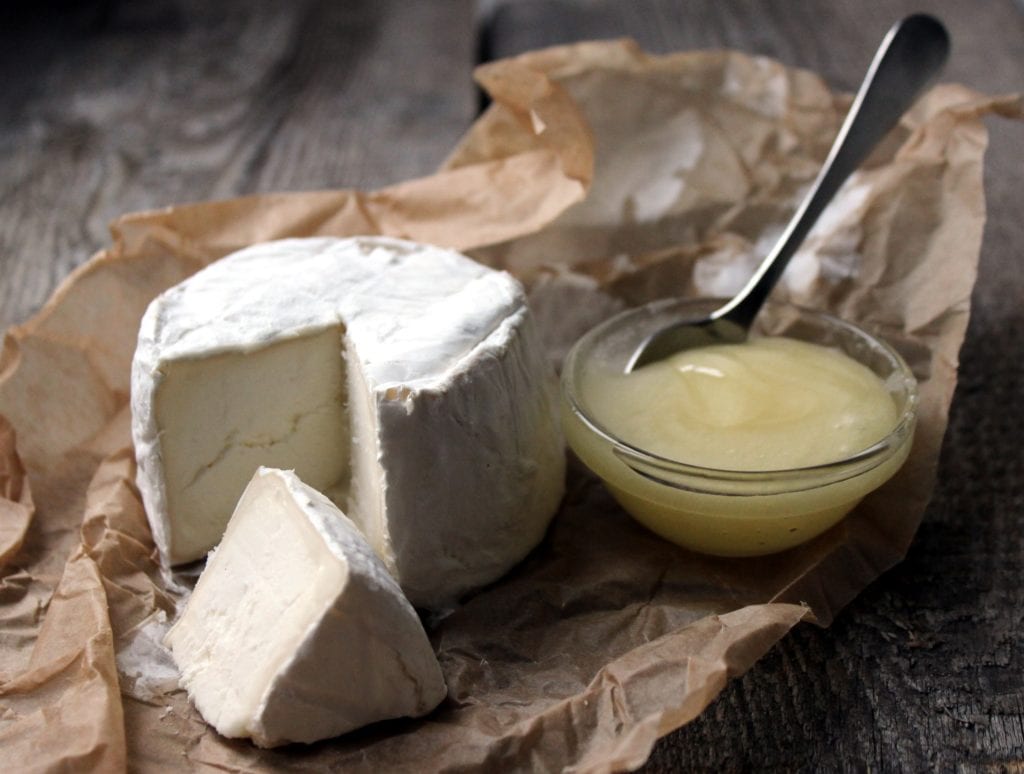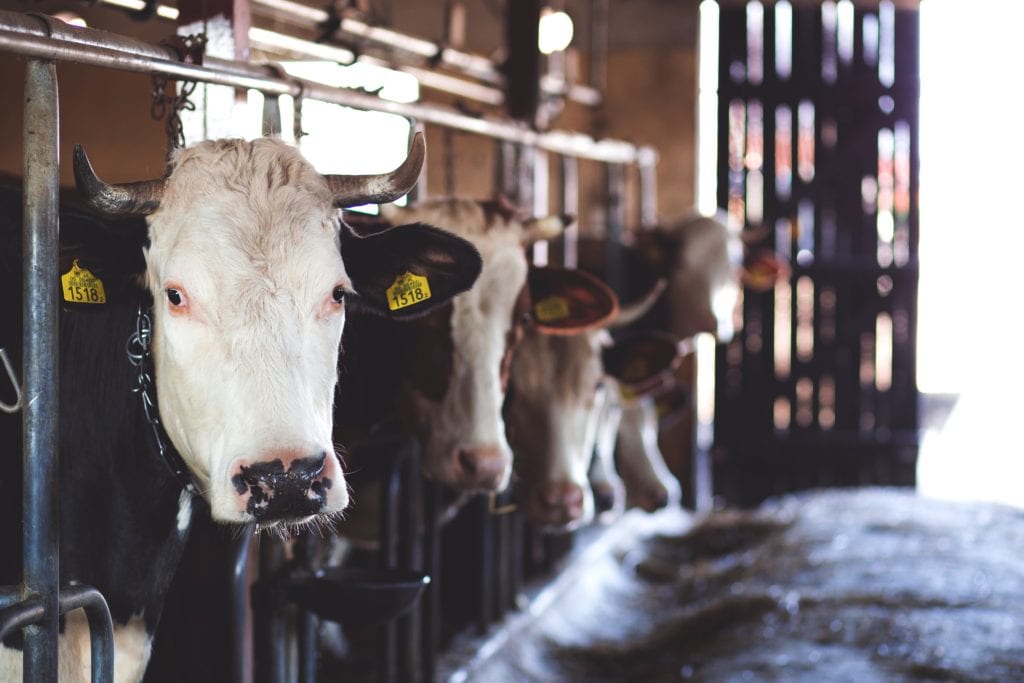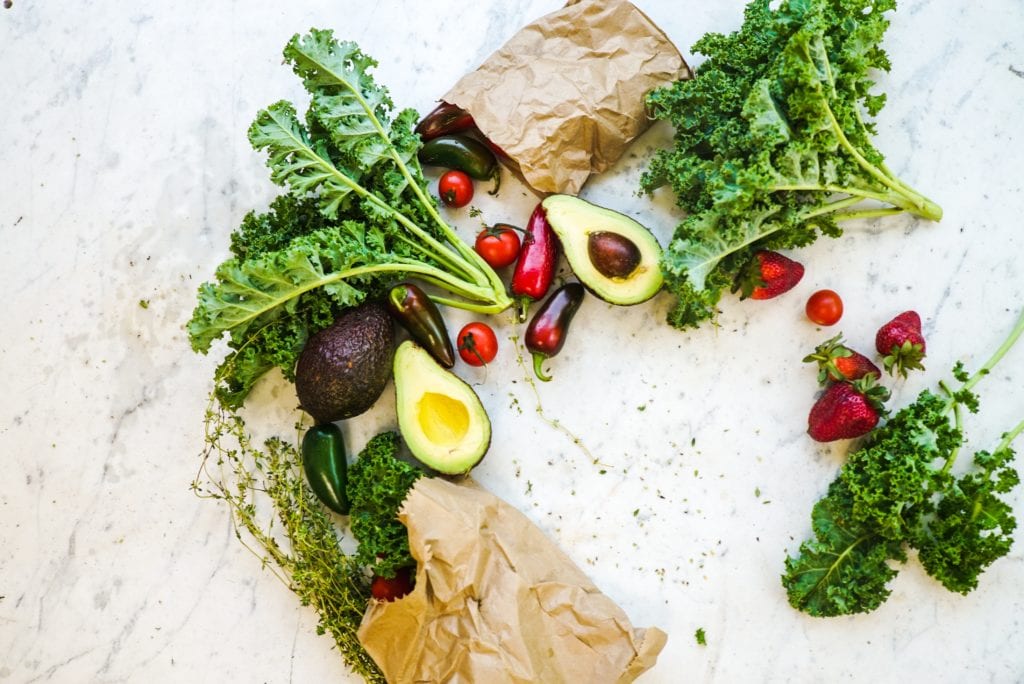The solution to a healthy and nutritional diet is simple: eat a varied diet rich in fresh fruits and vegetables.
If the secret to good nutrition is just that, then why so many talks about diets? Every year there’s a new trend around food regimes, from the Atkins to the Paleo diet, from the lemon detox to the cabbage soup and the baby food diet just to mention a few. But is poor information damaging our health?
Every day we also hear about superfoods. One day it’s goji berries, another day it’s quinoa, then kale. For a start kale has been around for centuries and for a very long time it was considered uncool until recently when it came back on the menu as a smoothie, juiced, fried or in salad. Similarly, quinoa has also been known and used for many centuries in South America. So again, nothing new. Yes, it’s rich in fibre, vitamin B and sodium, but so are other types of grains. Although these are very good sources of nutrients, it has also to be said that there’s absolutely nothing special or magic about any of them.
So, what do all these have in common? They are simply dietary trends!
Dietary trends
- Lets’ talk about carbohydrates!

A low-carb or no carbohydrate diet has been in vogue for a while now. There seem to be a real concern that carbohydrates make you gain weight, hence a move away from including carbs. Studies reported that people who switched to a low carb diet normally boosted their protein intake. It is important to point out that actually a gram of carbohydrate and a gram of protein are exactly the same as they both provide about 17 kilojoules, or about 4 calories per gram. It is true a reduction in carbs and increased protein intake leads to reduced appetite, making us eat fewer calories (the main reason why low-carb diets are so effective for weight loss), but there is no good evidence of the diet’s effectiveness in achieving durable weight loss and comes with plenty risks. Overall, it was found that people who switched to favour protein intake over carbohydrate intake not only failed to achieve long lasting results but also put an unwanted load on their kidneys with potential damaging consequences.
There are a lot of diets out there that promote low or no carb intake. The Atkins diet is one of them. This diet is a low-carbohydrate fad diet devised by Robert Atkins which is marketed with questionable claims that carbohydrate restriction is paramount to weight loss. Apart from doubts over its long-term effectiveness, it was found to increase the risk of heart disease.

The ketogenic diet is another very low-carb, high-fat diet that shares many similarities with the Atkins and low-carb diets. It involves drastically reducing carbohydrate intake and replacing it with fat. This reduction in carbs puts your body into a metabolic state called ketosis. A review of the diet by Harvard’s school of public health suggested that some of the negative side effects associated with a long-term ketogenic diet are increased risk of kidney stones and osteoporosis, as well as increased blood levels of uric acid (a risk factor for gout).
There’s also the Palaeolithic diet, a.k.a. the caveman or stone-age diet. This is just another craze. It suggests that by eating foods presumed to have been available to humans during the Palaeolithic era will bring benefits. This means eating meat, fish, eggs, seeds, nuts, fruits and vegetables as well as healthy fats and oils while processed foods, grains and sugar are to be avoided. The problem with this diet is that consuming the Paleo Diet-recommended amount of saturated fats can increase the risk of kidney and heart disease, as well as certain cancers.
As for the latest baby food diet that suggests that by eating small jars of baby food is a good way to control caloric intake, I say – no comment! I simply drop the mic…enough is enough.

Since we are on the diet subject…what about the so much talked about Mediterranean diet? Although it is a very good example of a varied diet, let’s not be fooled! This is not the current Mediterranean diet which has seen the implementation of many modern dishes and less fresh ingredients, but rather the traditional diet of places like Crete, one of the Greek islands, up to 1950. This diet was characterized by high consumption of fruits, vegetables, legumes and whole grains cereals. It included a moderate consumption of fish and dairy foods (mainly as yogurt and cheese) and very low intake of red meat (which was also very expensive at the time). Alcohol was also consumed in very low doses and was mostly red wine. Finally, it included the use of olive oil as the main source of fat.
But let’s go back to our main topic: the carbohydrates. It is important to highlight that carbohydrates are not just pasta and bread. Carbohydrates are present in some really healthy, nutritious foods such as fruits (watermelon, strawberries, oranges, bananas, blueberries, avocados, peaches…), vegetables (sweet potatoes, beetroots, corn, asparagus…) and even nuts which if omitted can drastically restrict the range of nutrients our bodies need.
Let’s not forget that carbohydrates provide fuel for the central nervous system as well as energy for working muscles. Fats are an essential part of our diet, since fat-soluble vitamins, such as Vitamin A, could not be absorbed without some fat in the diet.
- The truth about dairy products

Dairy products are rich in calcium and have been often praised for improving good strong bone health. A big pusher behind the intake of milk is obviously the milk industry that for decades promoted milk as the answer to strong bones. Although some observational studies have shown that increased calcium intake helps prevent osteoporosis, other observational studies have shown that consuming a lot of milk and other dairy products has little effect on the rate of fractures. Not only this but that, rather interestingly, it may actually contribute to problems such as heart disease and prostate cancer. There’s plenty evidence that dairy foods, which have high saturated fat content, are high contributors to cholesterol and they have been linked to possible increase of ovarian and prostate cancer.
What research shows is that as for Osteoporosis it can be slowed down by getting regular exercise, ensuring that we have a good intake of vitamin D (either by responsibly exposing to the sun or by taking supplements), consuming an adequate amount of Vitamin K (found in green leafy vegetables), not getting too much preformed vitamin A and ensuring we consume enough calcium to reduce the amount the body has to borrow from bone.
Also interestingly is that milk is not the only source of calcium. Examples of calcium rich foods are whole wheat products, vegetables from the brassica family (like broccoli, kale and cabbage), vegetables with dark green leaves (such as turnip greens, dandelion greens, mustard greens and beet greens), beans and legumes, nuts and seeds, as well as Okra, herbal teas like nettle and red clover and even mineral water.

There are also other factors to consider when we talk about dairy products. Cows are pumped with lots of antibiotics to keep them alive in often precarious farm condition causing a surge in antibiotic-resistant bacteria. Studies have also shown that, from an evolutionary point of view, consuming dairy does not make sense as human beings are the only animals that consume dairy after weaning. Furthermore, from other species! This is a rather important point, because it’s worth mentioning that cow’s milk is suited to the nutritional needs of calves, who have four stomachs and gain hundreds of pounds in a matter of months. Not so good full gown human beings.
There is also the very important unethical point of view to face.
Many people believe that cows produce milk at will. As if there is a never-ending flow of milk that appears from a cow’s udder, ready to be taken by humans and put into bottles to be poured onto our breakfast cereal. But this is a common misconception. And it’s not just by chance that people believe it or have never questioned it. In fact, it’s the result of decades of advertising by the dairy industry which wants us to believe in a story that bears no resemblance to reality. Cows produce milk because they have given birth. Just like humans, a cow only produces milk for her baby. This means that all cows used for their milk in the dairy industry are mothers. But the mother cow doesn’t become pregnant by accident. In fact, the inception of her baby is as unnatural as it gets.
Here a few facts and things to think about:
- The farming industry is having to continually fertilize cows to produce milk.
This means their offspring are either taken away or killed as their milk is needed for human consumption.
- Male calves born in the dairy industry are sent to slaughter.
Male calves cannot produce milk and are therefore considered useless to the dairy industry. According to a 2020 report, every year in the UK an estimated 60,000 male calves – approximately 15% of all male calves born in the dairy industry – were shot on-farm. This brutal practice has been defined by many as ‘dairy’s dirty secret’ and has long been criticized by animal protection organisations and the general public.
- The dairy industry slaughters pregnant cows.
The slaughter of pregnant cows is something so shocking that most people struggle to believe that it is allowed by UK law. Thousands of cows are killed every year in the UK while they’re carrying their babies. Shockingly, some of them are in the last stage of their pregnancies, meaning their calves can suffer during and for a few minutes after the slaughter.
- Cows in the dairy industry are killed for cheap meat.
The unnatural milk production, combined with repeated forced pregnancies, takes a toll on their bodies. By the time they are a few years old, they are seen as ‘unproductive’ – because they’re so exhausted and their milk production has declined. They are no longer considered profitable to the industry. At this point they are sent to slaughter and sold for cheap meat and leather products.
- 25% of cows in the UK dairy industry suffer from lameness.
Cows in the dairy industry suffer throughout their entire lives. From the moment they are born they are torn away from their mothers and confined alone until they are old enough to be artificially impregnated over and over again in order to keep producing milk. This draining cycle of pregnancies, births and milk production is extremely hard on them, which is why they often develop severe diseases or physical ailments. Many die from these diseases or are killed as a result. Some of the most common health problems that cows develop are metabolic starvation, mastitis and lameness.
- Many cows in the dairy industry will never see a pasture.
Some cows in the UK are kept in tie-stalls, where – because of the extremely limited space provided – they are tethered by a chain, metal bars or ropes tied around their neck. A cow can be chained for up to 24 hours per day without being able to move or even turn around.
Finally, especially in view of recent climate change events, it is important to acknowledge that factory farming is a major contributor to water and air pollution as well as deforestation which all lead to climate change.
Based on the above evidence, it’s worth considering a switch to a common plant milk such as almond, coconut, rice, soy, hemp, oat, pea, and peanut milk as a more adequate, ethical and sustainable choice over cow, goat, sheep and buffalo milk.
Again, ethical reasons aside, it is important to be aware that the consumption of calcium is definitely not just milk related.
The verdict

It’s good practice not to believe everything you read on the internet! Firstly, do your research and choose reliable sources of information and well researched advise. Secondly stick to the simplest rule and rather than focusing your attention on finding the next magic and all-omnipotent ingredient, save your pennies and buy seasonal fruits and vegetables which will definitely add to the pool of varied nutritional foods your body needs…on top of being cheaper as they are in season!
Tips
- Eat a diverse diet and vary what you eat! Buy seasonal foods to help you achieve this and save your pennies.
- Have fun and explore different things. Become accustomed to picking something new that is in season and push yourself to try something you have never eaten before. If you are in a couple or if you share the shopping with a flatmate, try the game of each picking and sharing a different fruit or vegetable with each weekly shopping. If you are a parent, choose to be a good role model by introducing your family to new fresh things.
- Learn to enjoy your food, don’t just eat for the sake of eating. Research shows that sharing a meal and eating with others, can bring social as well as health benefits. When we eat with others we tend to eat more slowly and we make more time to savour and enjoy our food. We also tend to eat more fruits and vegetables and other nutrient-rich foods, rather than pre made meals, perhaps because we enjoy making it a little extra special!
Why not give it a go today? Try to increase the variety of nutrients in your daily diet by picking something fresh and new. Look up a new recipe for a fruit or vegetable you have always been curious about and have fun with it!



